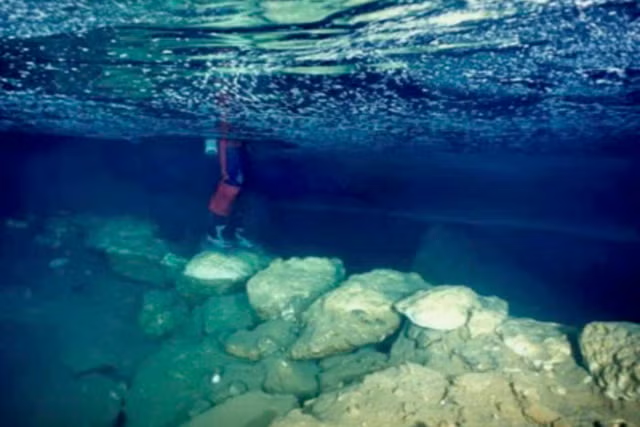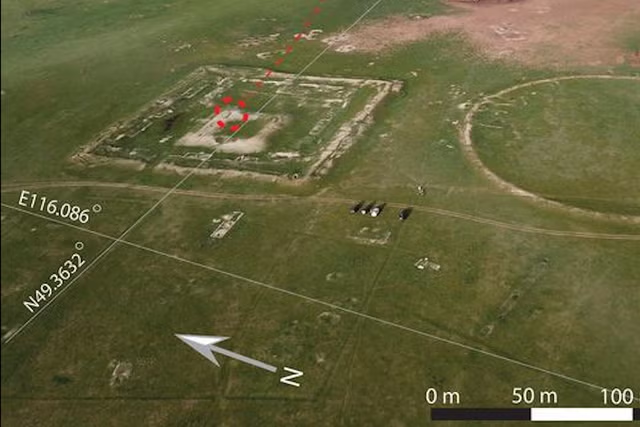An asteroid 20 times larger than the one that may have wiped out the dinosaurs struck Jupiter's moon Ganymede some 4 billion years ago, dramatically shifting the possibly life-hosting satellite's axis, a new study has found.
Ganymede, which is larger than the planet Mercury and is known for its subsurface oceans, has long intrigued scientists with its unique features.
Furrows forming concentric circles around a specific point mark the moon's surface, which researchers have speculated since the 1980s resulted from a massive asteroid impact. But the exact scale of this impact and its consequences had remained uncertain.
"These giant impacts are believed to have been frequent in the early solar system," planetologist Hirata Naoyuki from Kobe University told Newsweek. "This impact would affect the interior structure of Ganymede significantly, because the size of the transient crater reaches 25 percent of the size of Ganymede."
Through his research, published in the journal Scientific Reports, Hirata realized that the impact site is almost exactly on the meridian opposite to Jupiter.
This finding led him to conclude that the impact was powerful enough to shift Ganymede's rotational axis, similar to the shift observed on Pluto after a significant impact, as revealed by the New Horizons space probe.
Hirata then simulated the impact event, calculating that the asteroid responsible for this dramatic reorientation likely had a diameter of approximately 190 miles. This makes it about 20 times larger than the asteroid that struck Earth 65 million years ago, possibly leading to the extinction of the dinosaurs.
The impact created a transient crater between 870 miles and 1,000 miles in diameter on Ganymede's surface. Transient craters, commonly studied in laboratory and computational simulations, are the cavities formed immediately after the initial impact and before the surrounding material has settled into and around the crater.
"The giant impact must have had a significant impact on the early evolution of Ganymede, but the thermal and structural effects of the impact on the interior of Ganymede have not yet been investigated at all," Hirata said in a statement.
Ganymede's unique characteristics, including its subsurface oceans, which could play host to life, have made it a prime target for space exploration. In 2015, NASA's Hubble telescope found evidence that the underground saltwater ocean on Ganymede could be 60 miles deep—10 times deeper than Earth's oceans.
The European Space Agency's JUICE space probe is set to arrive at Ganymede in 2034 and will spend six months in orbit, gathering data that could help answer some of the questions raised by Hirata's study.
"I am really looking forward to the data from the JUICE," Hirata said. "The Voyager 1 and 2 and Galileo spacecraft have observed Ganymede; however, many areas of Ganymede still have not been imaged with sufficient resolution.
"Future explorations—in particular, the JUICE plans to obtain the gravity and topographic data—will reveal a remnant of topographic profiles or gravity anomalies associated with the furrow-forming impact and the reorientation of Ganymede, which would provide insights into this giant impact and Ganymede's early history."
Do you have a tip on a science story that Newsweek should be covering? Do you have a question about Jupiter's moons? Let us know via science@newsweek.com.
References
Hirata, N. (2024). Giant impact on early Ganymede and its subsequent reorientation. Scientific Reports. http://dx.doi.org/10.1038/s41598-024-69914-2
Disclaimer: The copyright of this article belongs to the original author. Reposting this article is solely for the purpose of information dissemination and does not constitute any investment advice. If there is any infringement, please contact us immediately. We will make corrections or deletions as necessary. Thank you.



